Innovation: drivers for the future
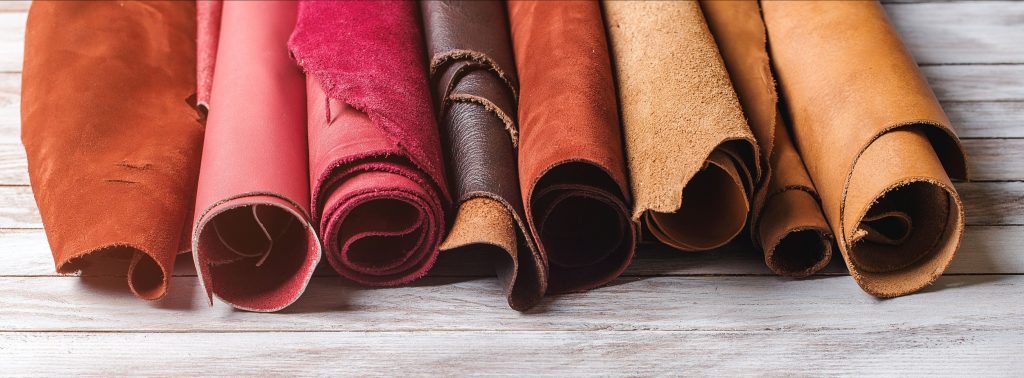
Innovation has always been necessary, but with emerging trends such as an increasing global population, urbanization, pressure on food production and climate change, the challenges for innovation in sustainability have increased. The European tanning sector began its journey of innovation many years ago, with investment in industrial automation and technological evolution of production processes. More recently, progress has been seen in the use of digital technology and product research to stimulate green transformation. European tanners aim for long-term sustainable growth while enhancing their ability to respond to rapid market changes.
There are plenty of concrete successes along the innovation path of Europe’s tanning sector.
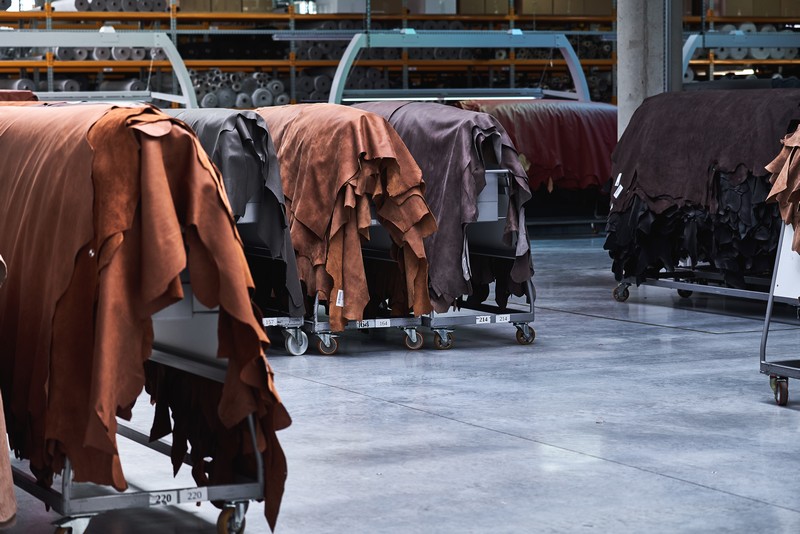
Take for example the use of enzymes in the soaking and liming processes where hides or skins are cleaned. These enzymes open the pores of the hides and skins, gently releasing the hair which can be recovered as a by-product. As it is free of harsh chemicals, this recovered hair or wool can then be reused as a resource, illustrating the circularity of the tanning industry.
But environmental considerations are not the only drivers of innovation in the tanning industry. Increases in energy or raw material costs can also be a driver, notably in process efficiency. High exhaustion tanning processes, heat pumps and automated drum feeding contribute to the saving of valuable resources, which is further enhanced by digitalization.

The future will bring automated plants equipped with sensors to monitor production processes. This will lead to greater production flexibility, while minimizing the use of water, energy and chemicals, and at the same time, limit the risks in the workplace related to the human/machine interface or exposure to chemical products.
The passion for continuous innovation is transmitted to the younger generation of tanners in the courses taken in Europe’s reputed vocational education & training institutions.

Finally, the need for research and innovation in the tanning industry derives also from the cultural and creative side of the leather business. Success on the European leather market requires constant customization of technological solutions. European tanners continue to develop an extremely varied and ever-changing product portfolio. This is what makes European leather special and different to all others.
Edited in April 2022 by
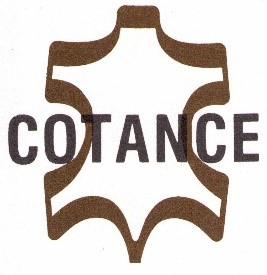
in collaboration with


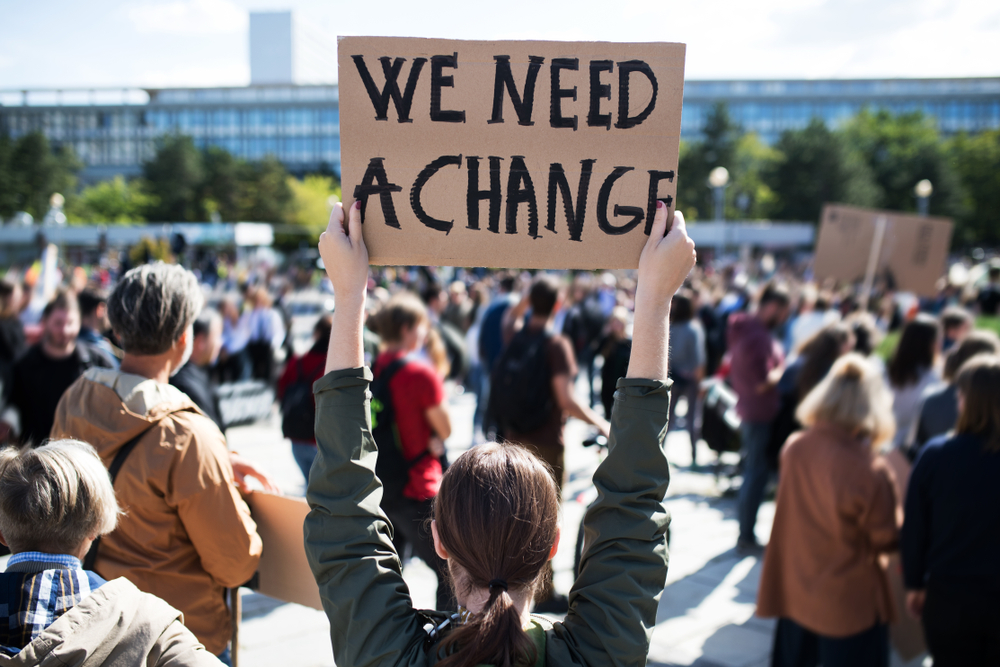
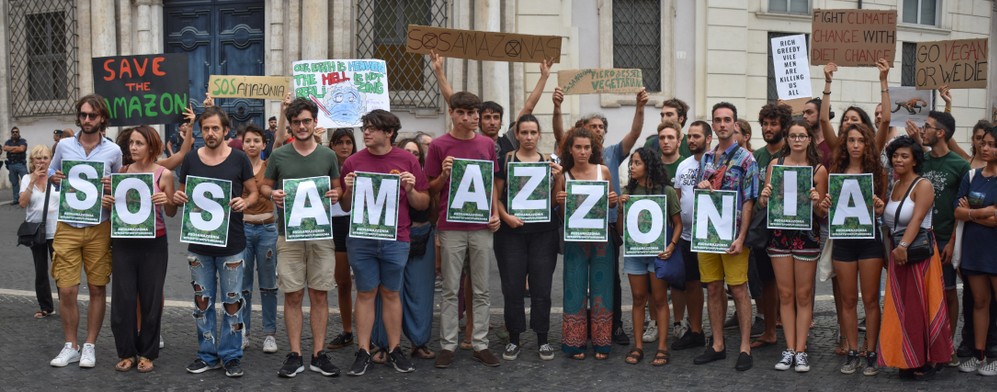
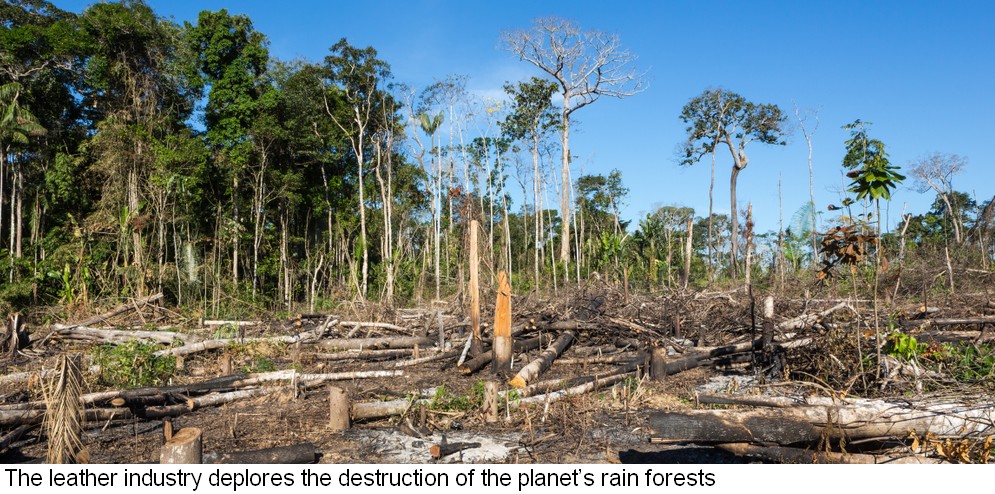
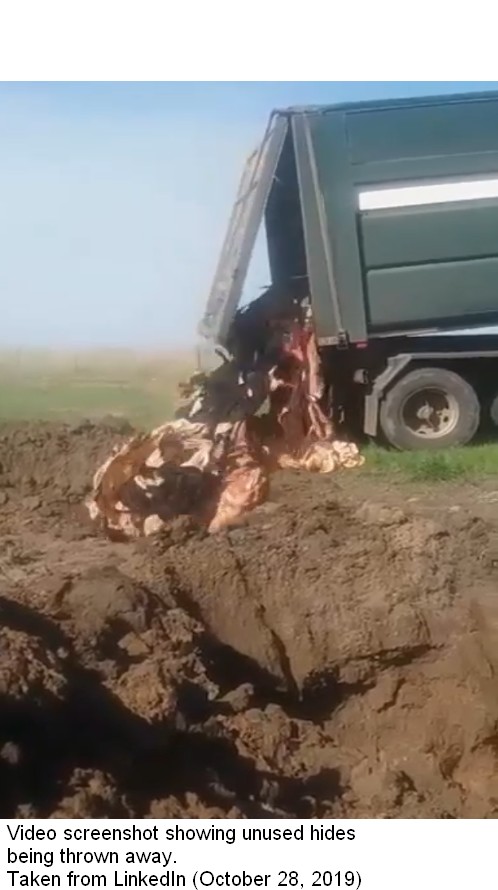



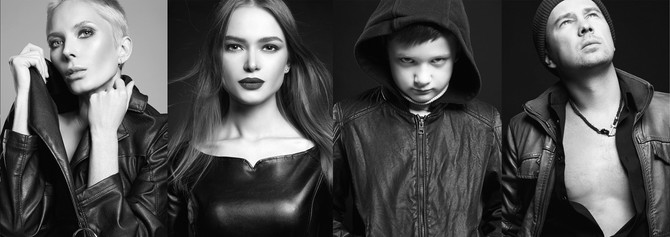


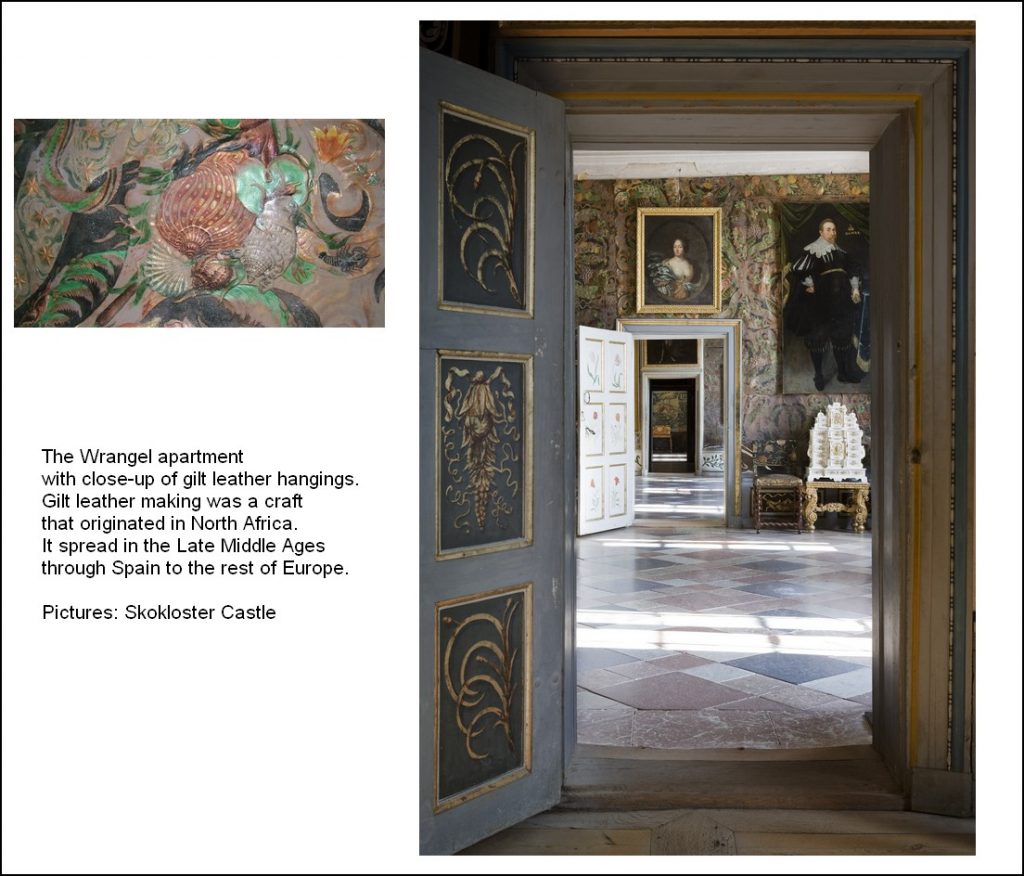

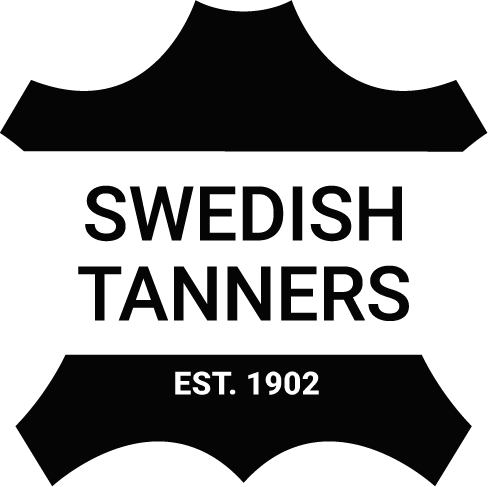
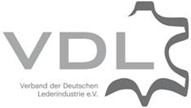

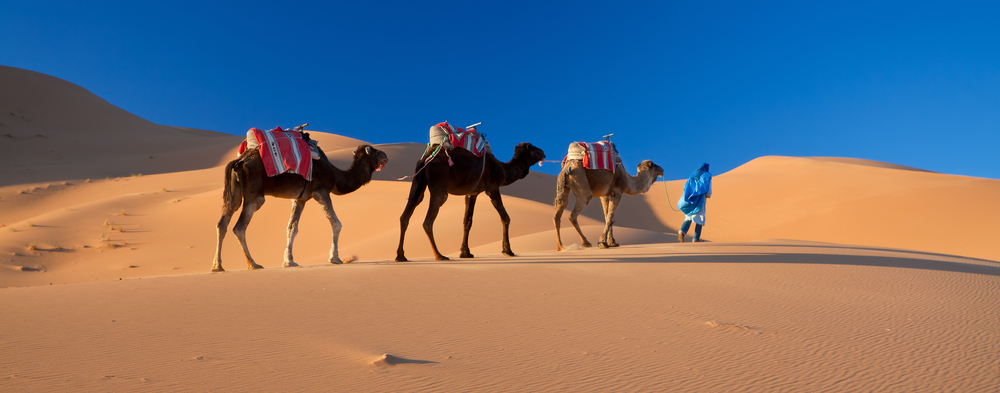




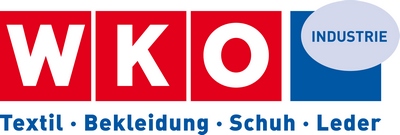
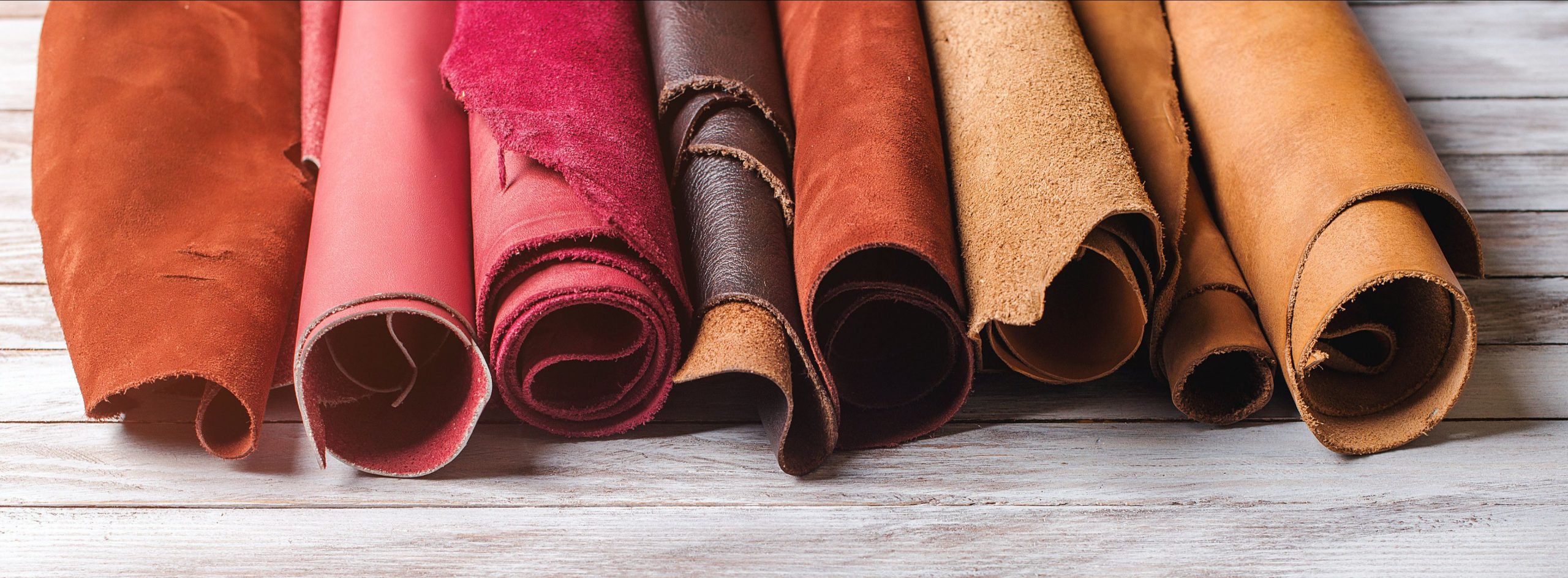



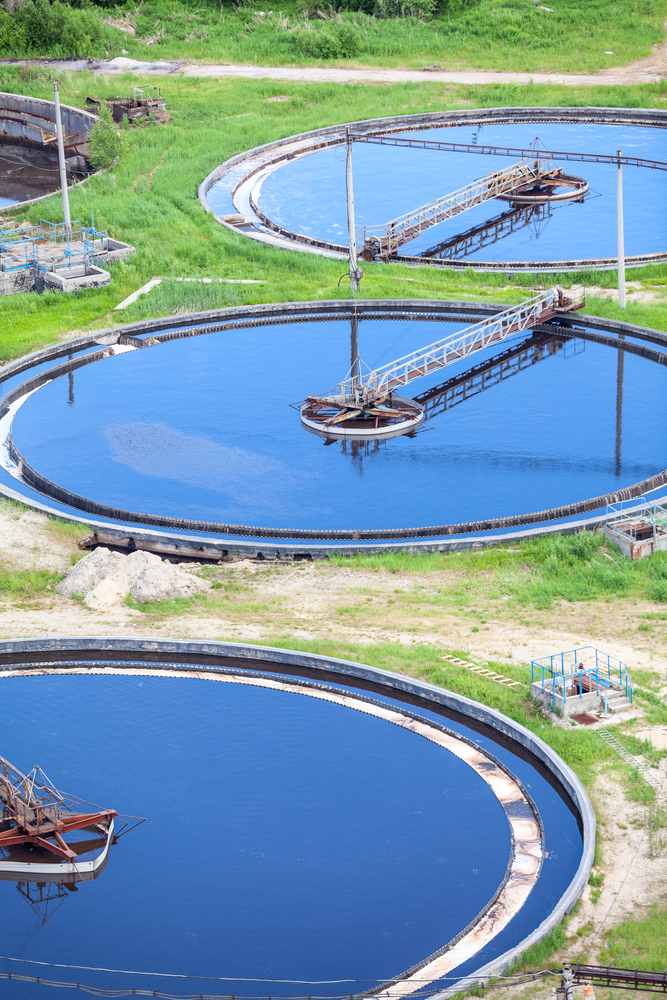
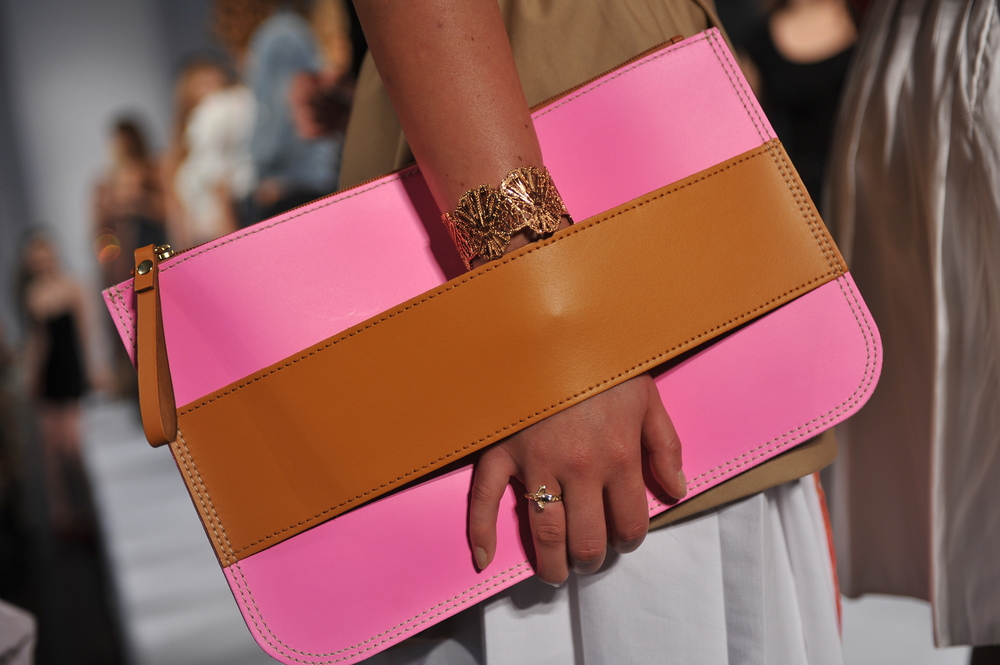
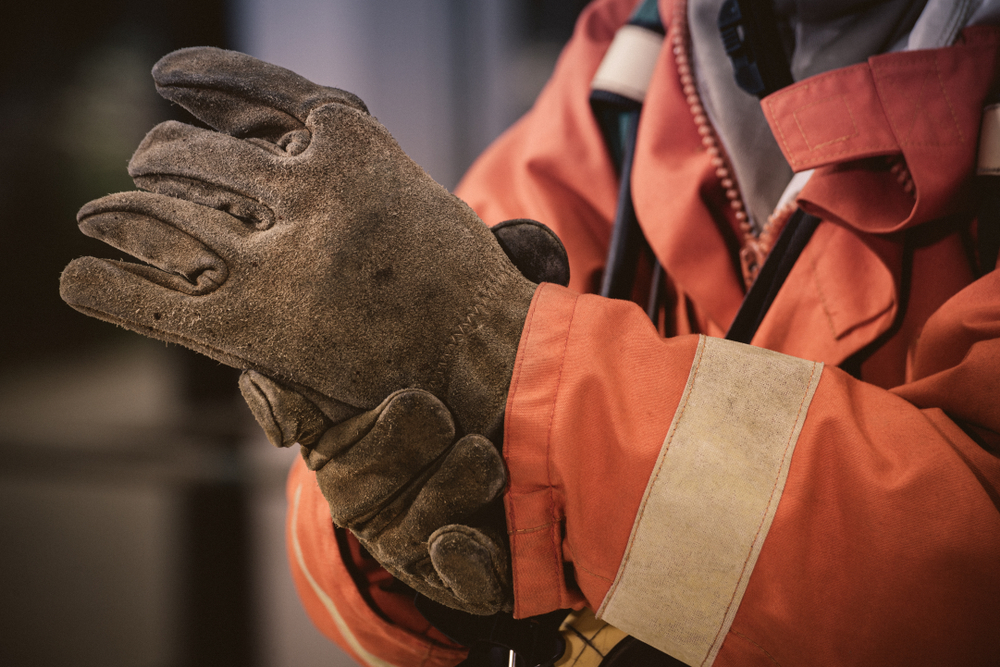


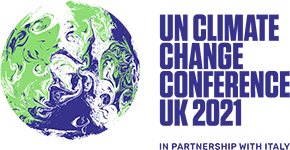
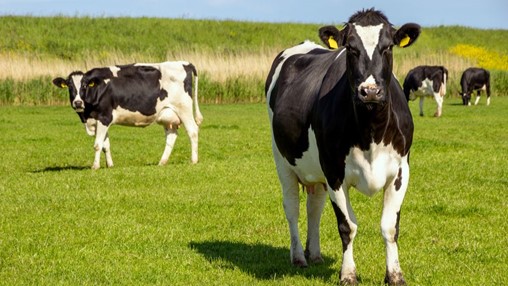













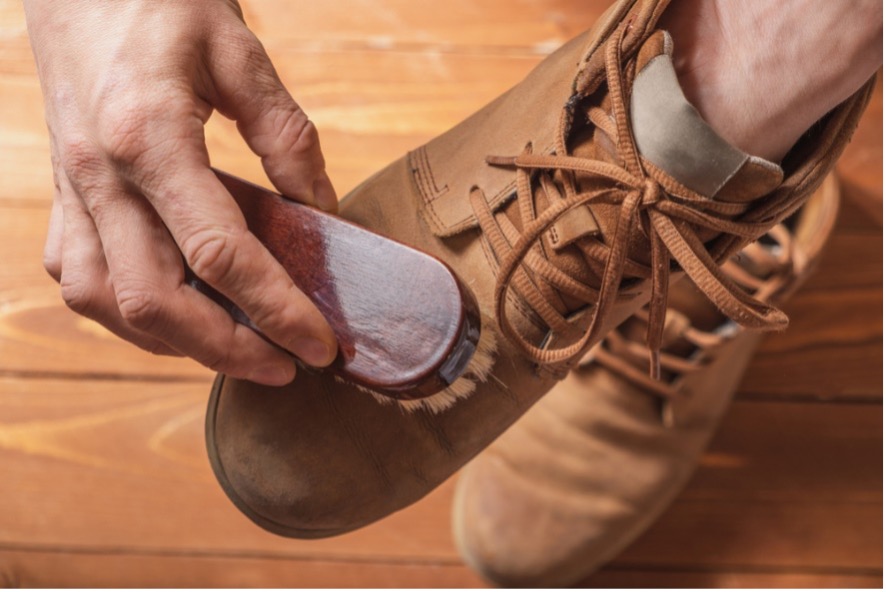
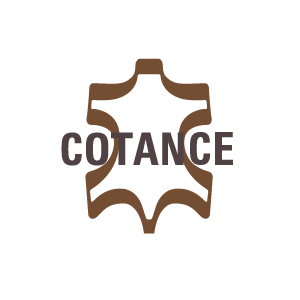
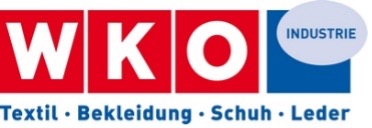
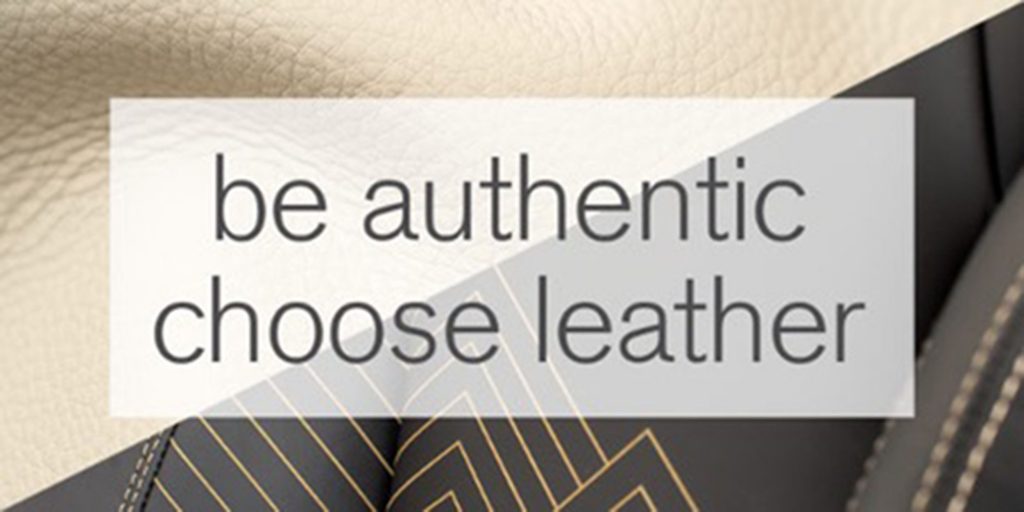
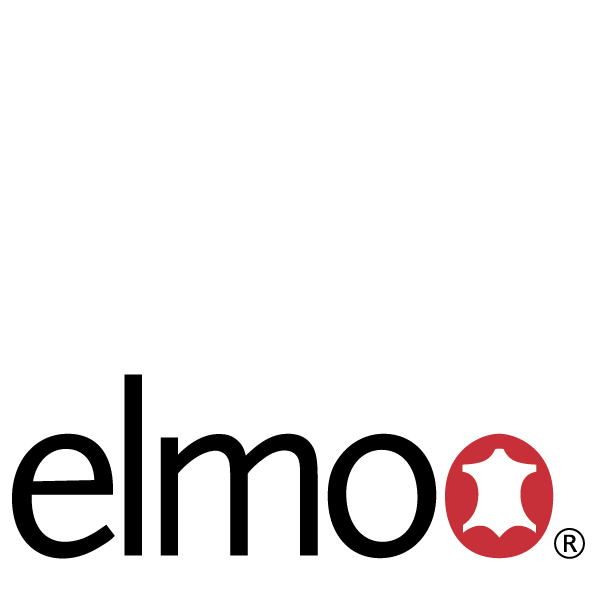
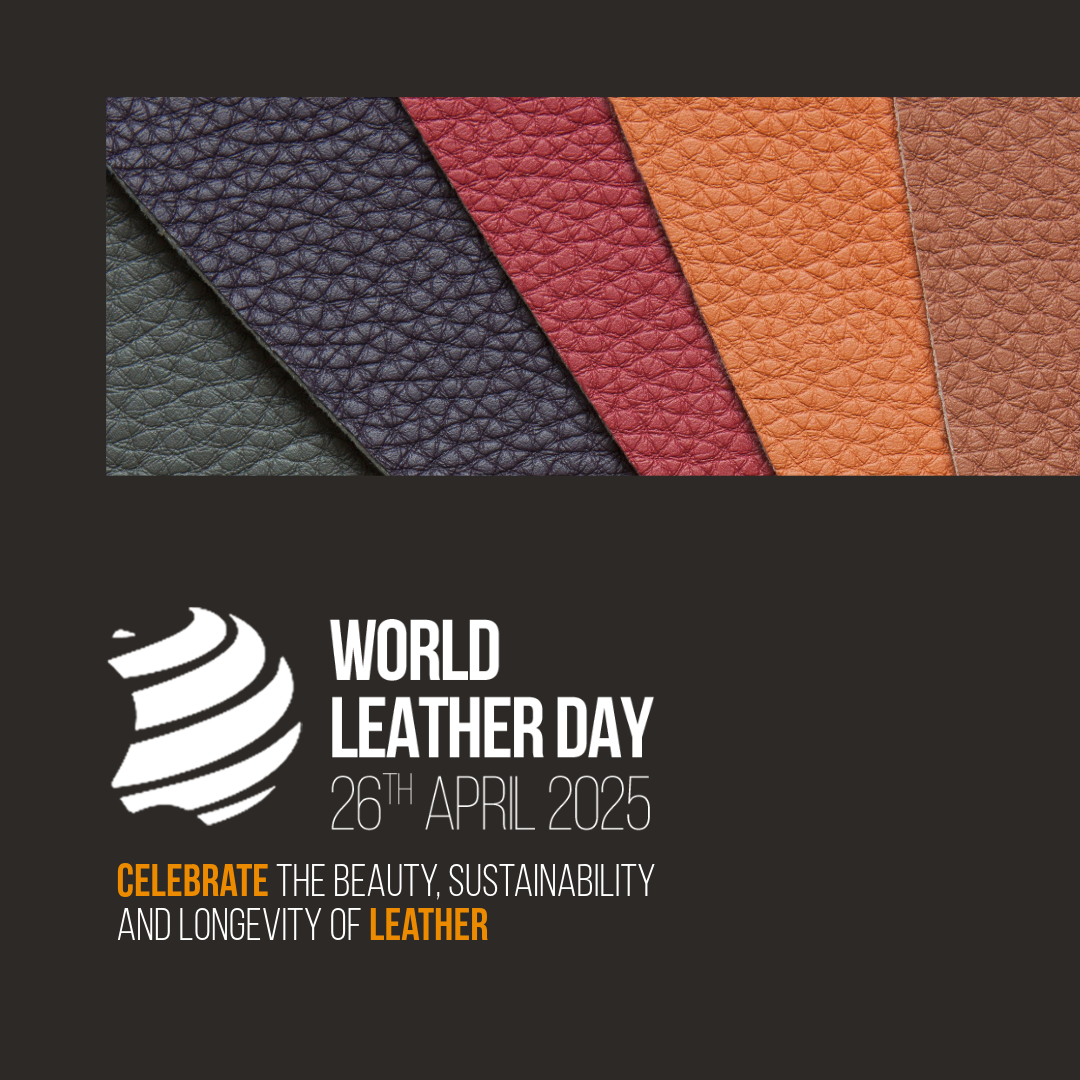 Welcome to popups plugin
Welcome to popups plugin